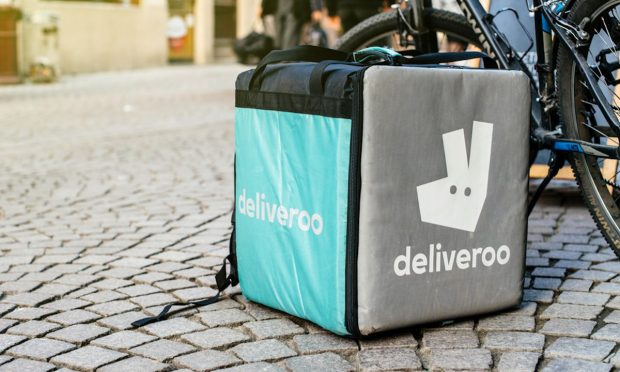Today in Food Commerce: Deliveroo Grows Its Ghost Kitchen Presence; Restaurants Rethink Loyalty

Today in food commerce, Deliveroo leans on ghost kitchens and grocery delivery to stand out from competitors, and Walmart announces a new eCommerce fulfillment center. Plus, Torchy’s Tacos Chief Marketing Officer Scott Hudler tells PYMNTS how elements of surprise and delight are helping the chain’s loyalty program build a loyal following.
Deliveroo Uses Grocery, Ghost Kitchens to Make Its Labor Model Work
As Deliveroo and its competitors race to win the spending of on-demand food delivery customers worldwide, the London, U.K.-based company is leveraging grocery delivery to reach the scale needed to make the economics of the model make sense. Despite grocery delivery being less profitable in its own right, adding the service on top of the existing restaurant offerings allows the company to better use its workforce.
Grocery Roundup: Aldi Drops Deliveroo; Walmart to Open eCommerce Fulfillment Center
Aldi is pulling its stores from Deliveroo’s marketplace, while Walmart has announced a new fulfillment center. Plus, a checkout tech startup has announced a $10 million funding round, and Stop & Shop has rolled out a new eCommerce offering.
Restaurants Roll Out Loyalty Offerings Beyond the Points-per-Dollar Standard
Austin, Texas-based brand Torchy’s Tacos, which has 100 locations across 11 states, announced the launch of its rewards program earlier this month, offering surprise rewards that members cannot anticipate or control. “We wanted to build a loyalty program that was not just points and punches,” Torchy’s Tacos Chief Marketing Officer Scott Hudler said. “We wanted to build something that was fun and unique and different.”
Food delivery aggregators were once considered rarities reserved for special occasions, primarily used by young, tech-savvy consumers, but they have fast become a staple in many American households that defy any single demographic. The pandemic has made Americans’ desire for seamless, customizable dining experiences more apparent, with more consumers now preferring the ease of convenient, frictionless, aggregator-assisted ordering experiences.
